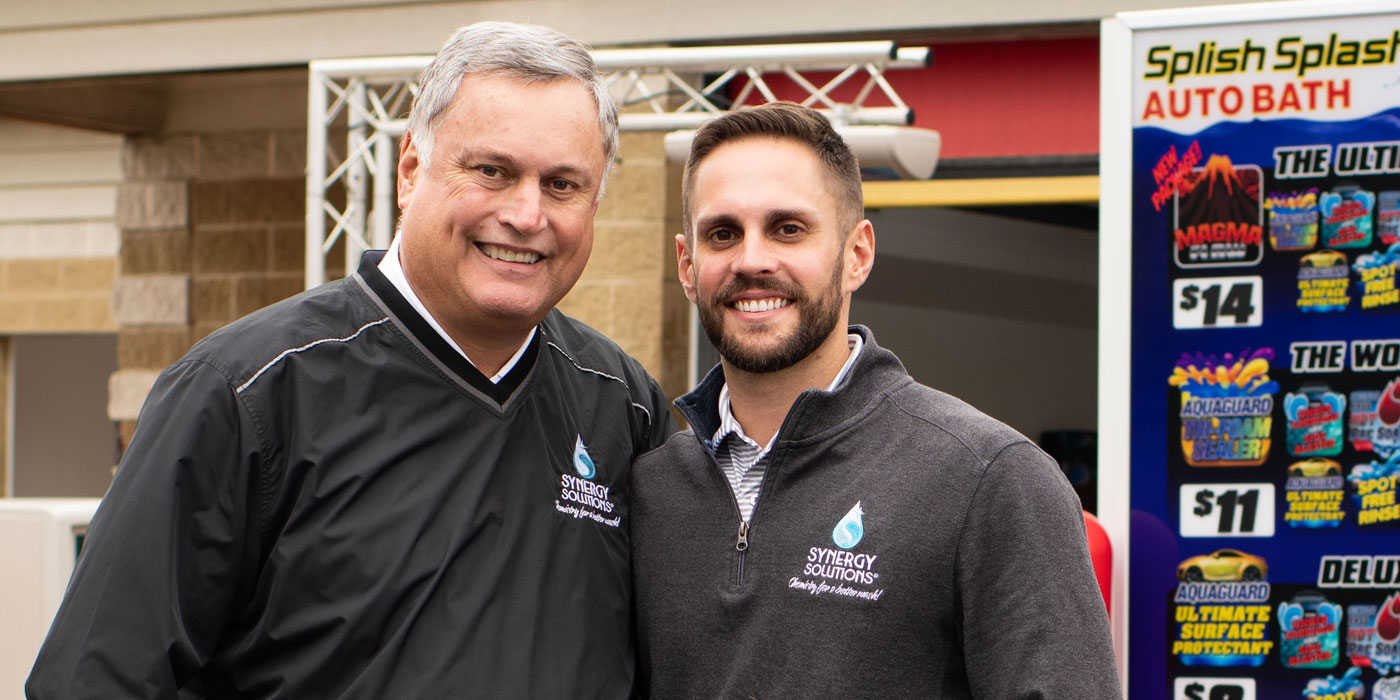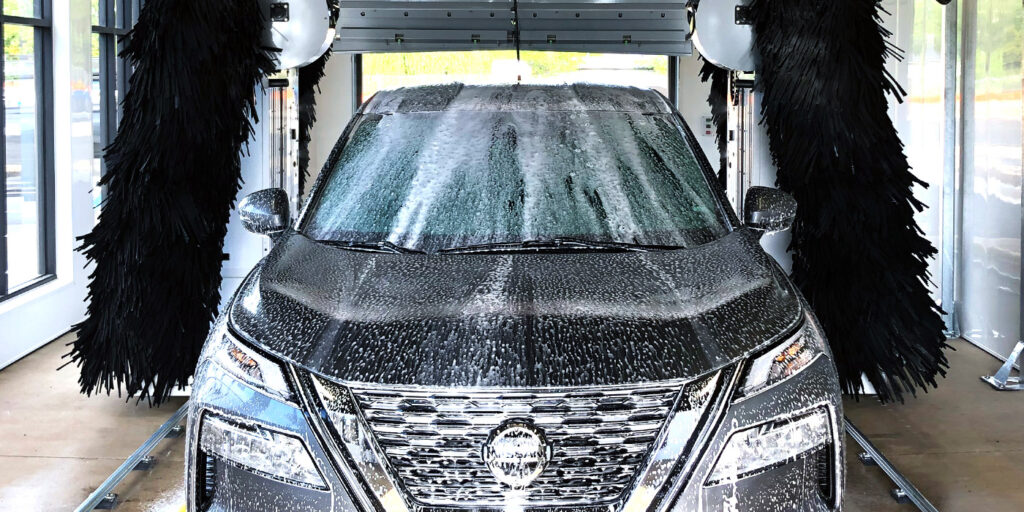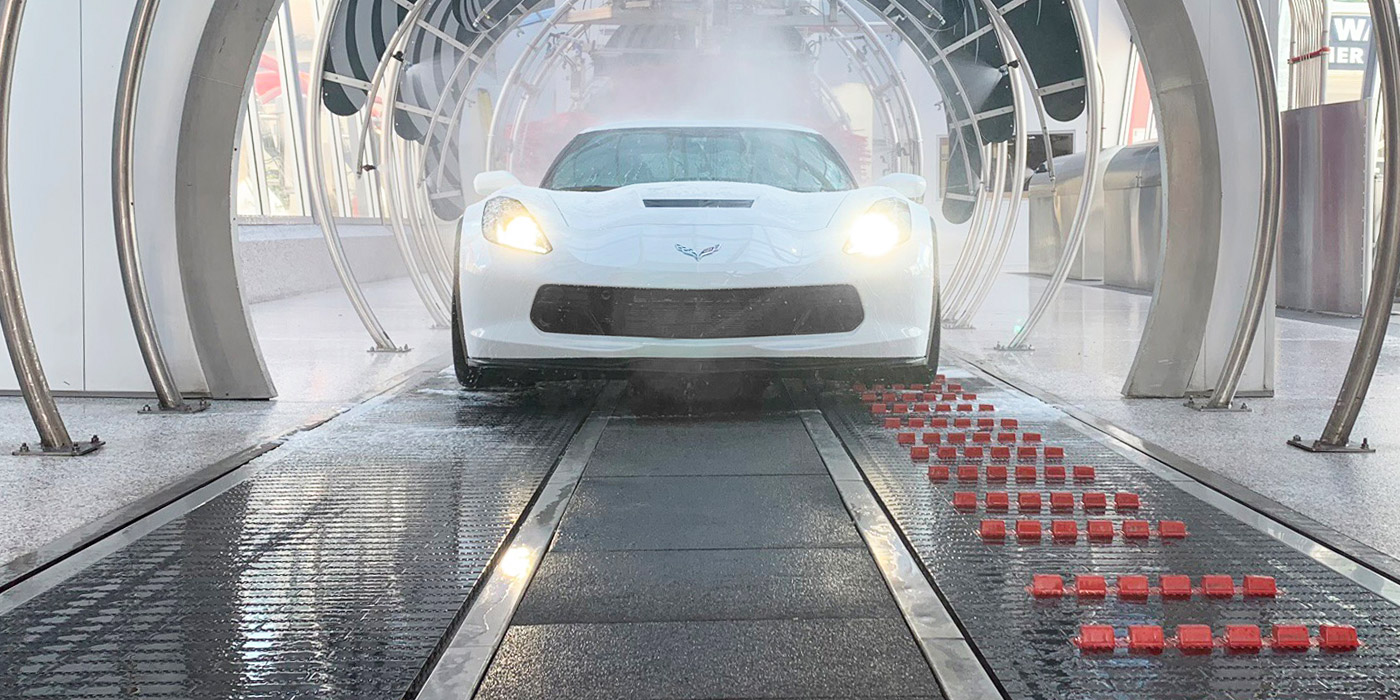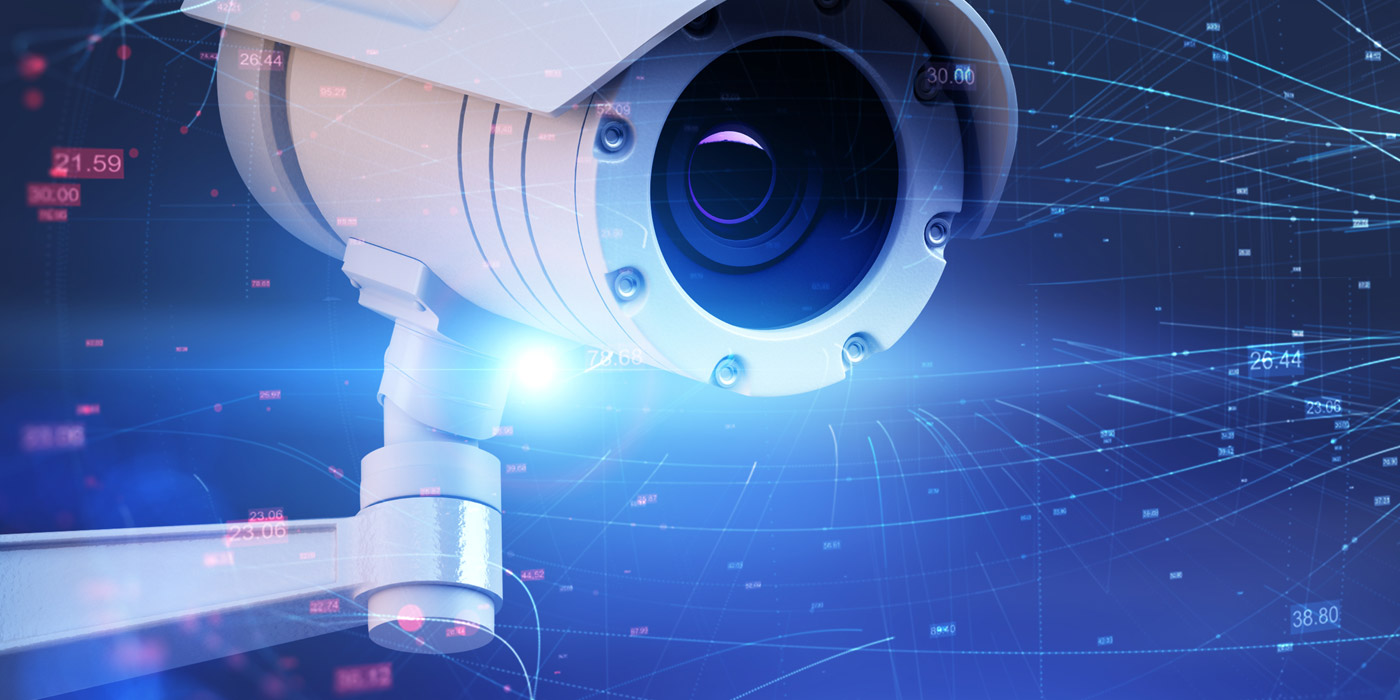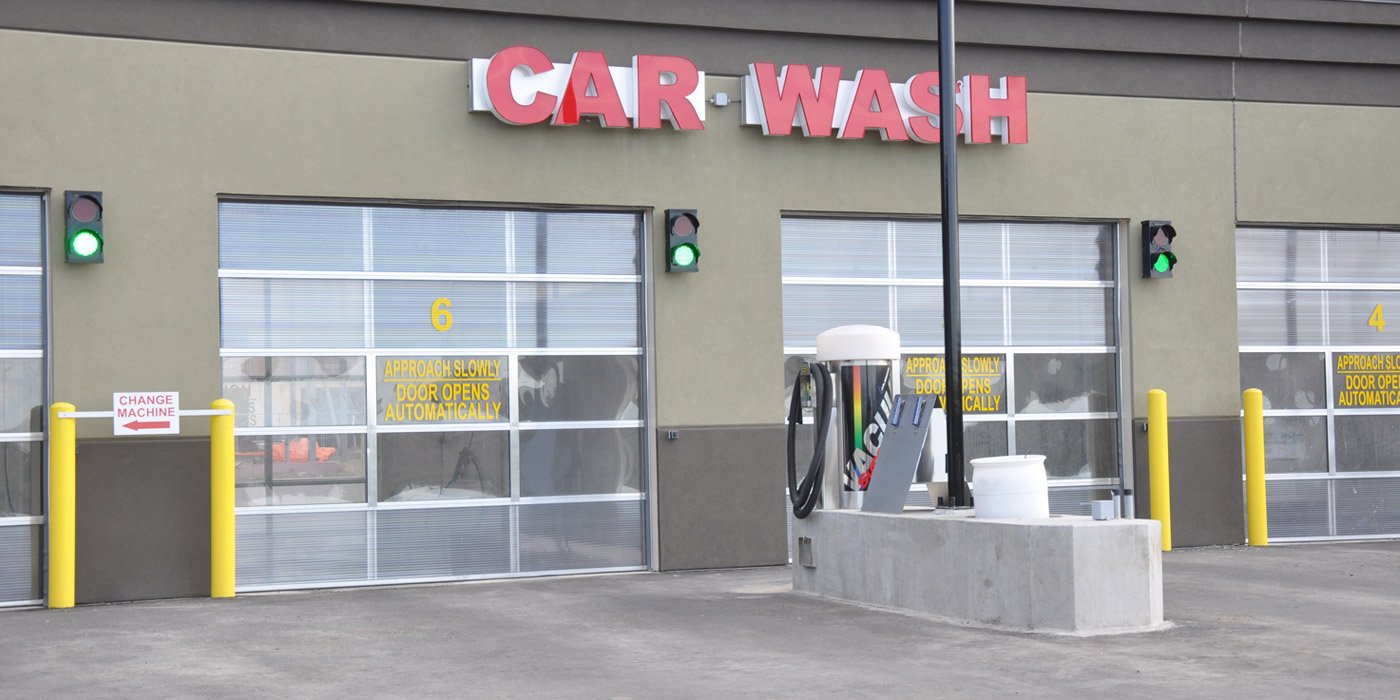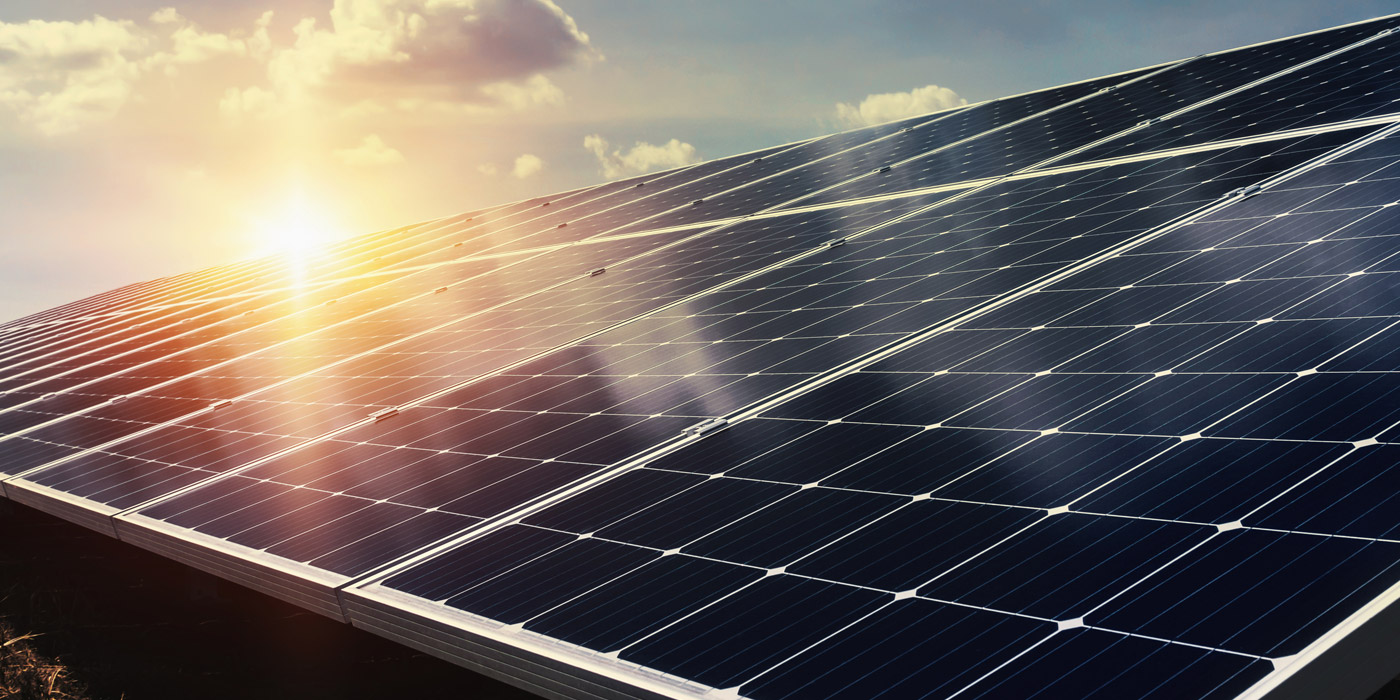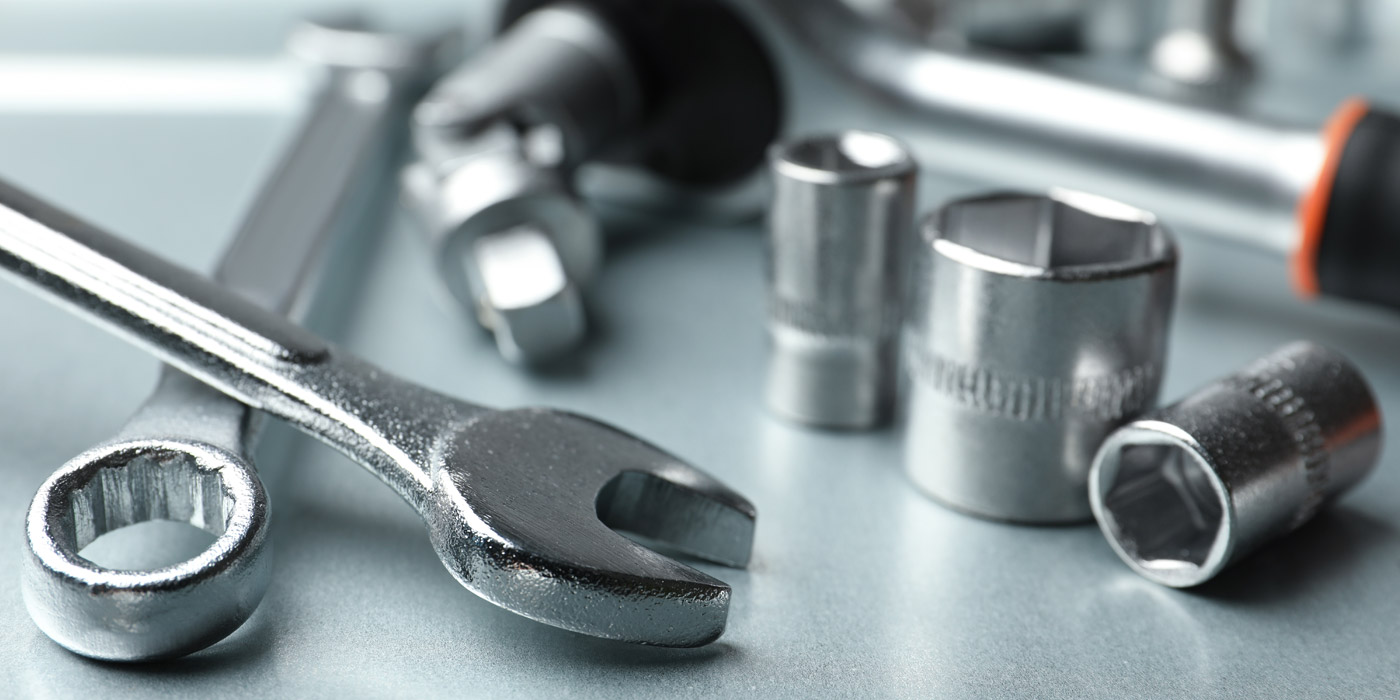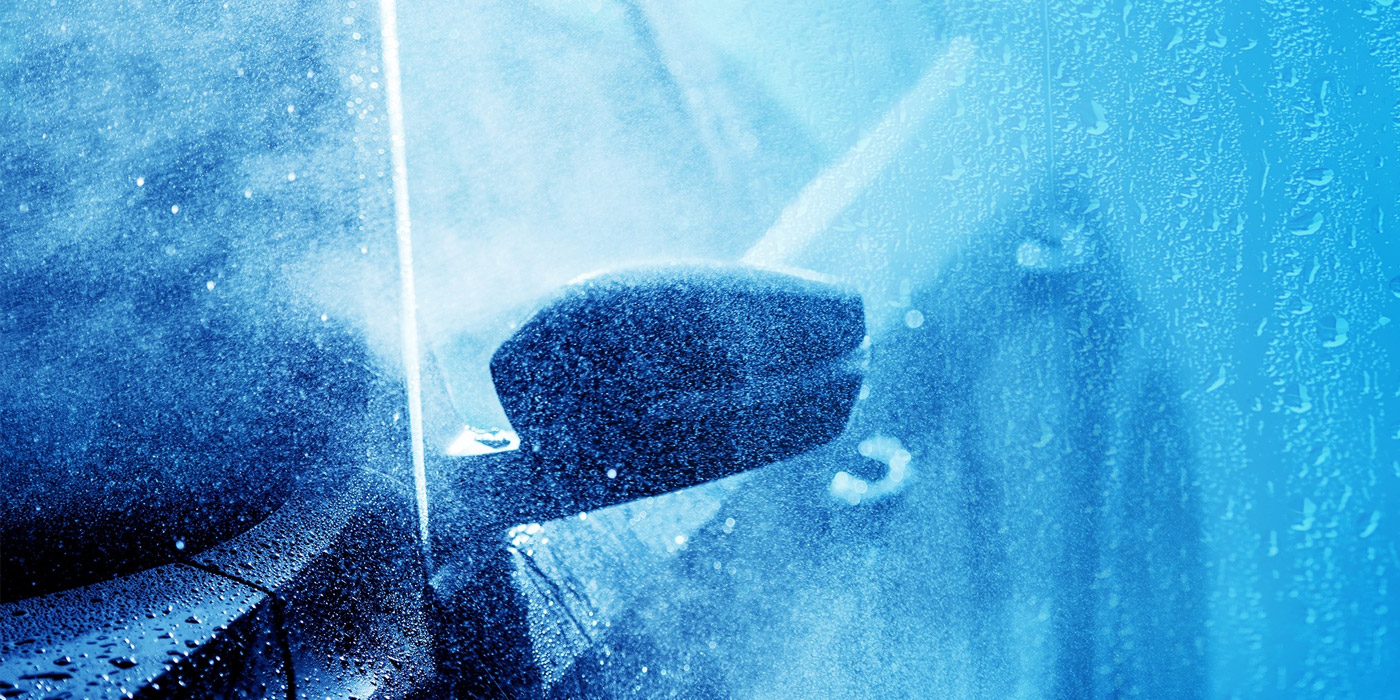The term robot congers up thoughts of human-like, stiff walking metallic figures.
Webster defines a robot as a “mechanical device designed to do the work or part of the work of one or more human beings, especially such a devise activated by radiant energy, sound waves, etc.”
The automatic carwash falls into the manipulator or industrial group of robots. To activate and process work, the carwash utilizes a feed back loop. This loop uses information transmitted from sources mounted on the carwash equipment and at various other points along the vehicles path. These transmitting sources convert mechanical energy into electrical energy and are called transducers.
How transducers view the carwash world
Transducers act as the eyes of the carwash enabling it to clean a wide variety of vehicles. Vehicle height, length and side measurements can be sent back to the carwash controller (usually a PLC, programmable logic controller or CPU, central processing unit). These measurements enable the wash to improve chemical consumption, wash quality and many other functions.
Early carwash transducers include the limit switch and the air switch. The limit switch can be outfitted with a number of different arms or attachments. The “whisker” arm activates equipment by touching the car as it passes by. The rigid “wand” attachment can sense position of a top brush or other equipment.
The carwash manufacturer’s favorite, the “roller arm” is used to sense everything from brush arm movement to overhead door position. All of these early transducers require physical contact for activation so maintenance is required. The air switch requires air hose replacement. Limit switches need lubrication and adjustment.
Transducers: the next generation
The next generation of transducers requires no physical contact with the vehicle and includes the loop detector, photo eye and proximity switch. The loop detector is used to sense vehicle presence by detecting metal.
Commonly used to control traffic signals, the loop detector consists of one piece of wire, wrapped in a loop five times, configured in a rectangle. To nullify the sensing properties of the wire not included in the loop, the two ends must be twisted together as it departs the loop.
The heart of the loop detector is the relay that performs all of the sensing and switching in a remote location away from the harsh environment of the carwash bay.
Very reliable, but lacking pinpoint accuracy, the loop detector is commonly used for wash arming and entrance/exit door controls. The loop detector wire must be saw cut or poured into concrete at the time of installation. Surface loop detectors are available, and normally appear as a 2’x 2’ piece of plastic about one inch thick.
Variations of the photo-eye
The photo-eye, the most common transducer requiring no physical contact, has two basic variations. One type of photo-eye contains the relay that signals the PLC, while others have a remote relay. Signal strength (infrared beam intensity) can sometimes be adjusted at the remote relay.
Certain photo-eye relays will allow you to change how the relay turns on (output on when blocked or output on when unblocked). Time delay relays allow “on-delay” or “off-delay” adjustments. The “on-delay” can be used to eliminate false signals by requiring a more than momentary blocking of the eyes to activate the relay. The “off-delay” adjustment can be used to keep a door from shutting instantly after an eye becomes unblocked.
This is especially important when the eyes are mounted inside the doors. While most photo eyes are fairly forgiving, the square lens eye requires almost perfect alignment when used in a “foggy” environment. Winter conditions can create zero visibility interrupting a failing or poorly aligned inferred beam.
To properly align this photo-eye, apply tape directly to the receiver eye lens, making sure to leave a small, uncovered area in the middle. This will ensure that you find the exact alignment of both the receiver and the emitter.
Proximity switch: the metal detector of carwashes
Able to sense small amounts of movement, the proximity switch has replaced the limit switch in many applications. “Prox” switches sense metal like the loop detector, but with a finer accuracy.
As with the photo-eye, the weak point of both transducers is the point at which the cable enters the actual eye or sensor housing. Keeping this entry as dry as possible is the key to longevity. Most of the other problems that occur with either the prox or the photo-eye are caused by physical damage.
When replacing or adjusting a proximity switch, make sure you set the distance between the sensing end of the prox and the target to the manufacturer’s recommended setting.
If you set the prox too close you will slowly scrape away the end which normally results in the prox either shorting out or continuously giving an “on” output. Adjusting the prox too far away from the target can give intermittent or no sensing of the target.
Ultrasonic sensors
One of the newest carwash transducers is the ultrasonic sensor. Ultrasonic refers to sound wave frequencies above human hearing range (20 kilohertz or higher). Ultrasonics can be used for many things including welding, physical therapy and measuring distances.
Carwash ultrasonics usually come in pairs or as single unit. Both types rely on the interpretation of the distance between sounds waves generated by the ultrasonic unit. The source or emitter transmits sound waves to reflect off of an object’s surface, and then either back to the source (single unit style) or to the paired receiver (double unit). The time between sending and receiving the sound waves is used to calculate the distance.
Both brush and touchless automatics benefit from ultrasonic technology. By knowing the distance to the floor, the wash can detect the front, rear and profile of a vehicle. This reduces water and chemical consumption since the system only applies chemicals to the calculated area. These measurements can be used to distance the high-pressure spray arm in the most effective position in relation to the side of the vehicle.
Ultrasonics can also be used to instruct vehicle drivers to steer either left or right and act as a virtual treadle. Brush machines utilize ultrasonics to find mirrors and precisely disengage upper brush halves. Tall vehicles can be detected and upper brush halves engage to perform a rear arm oscillation.
Ultrasonics can also be used to locate open pick-up beds. This allows the top brush to clean the cab of the truck and retract before it can fall into the bed of a truck.
Initial ultrasonic set up must be done by entering the exact distance from the ultrasonic to a stationary surface like the bay floor.
Testing can be done by placing flat surface objects in front of the ultrasonic at varying distances while monitoring the data register that stores these calculations. Maintenance free and able to see through the thickest fog with no problem, ultrasonic’ solve many of the problems that face the carwash owner and technicians.
What kinds of robotic technology might we see in the future? Maybe a stiff walking, human like metallic figures with a wash mitt and a hose… but I’d sure hate to think of what sort of ultrasonics, transducers and photo-eyes those things would need.
Mark Hartzer is a carwash service and installation manager for R. W. Mercer. He has been installing and servicing Ryko equipment for over 16 years. To reach Mark, e-mail him at [email protected] or [email protected].



